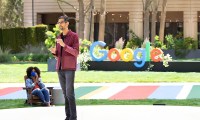It’s official: the Google Pixel Fold is coming. After months of rumors and speculation, Google revealed the Pixel Fold on Star Wars Day, of all days. With the tagline “May The Fold Be With You,” Google dropped a tweet that showed off the Pixel Fold in all of its glory. And now, after the official announcement at Google I/O 2023, the Google Pixel Fold is shaping up to be one of the more exciting releases this year.
I’ve always been an iPhone gal, but since I joined Digital Trends, I’ve been checking out Android phones more than ever before. I’ve taken quite a liking to the Pixel lineup of devices, including the Pixel 7 and Pixel 7a, which also just dropped today. But the Google Pixel Fold is the one device I can’t wait to get my hands on, especially when compared to the competing Samsung Galaxy Z Fold 4 (and the Galaxy Z Fold 5, which is likely coming this year too).
It looks like the perfect compact size
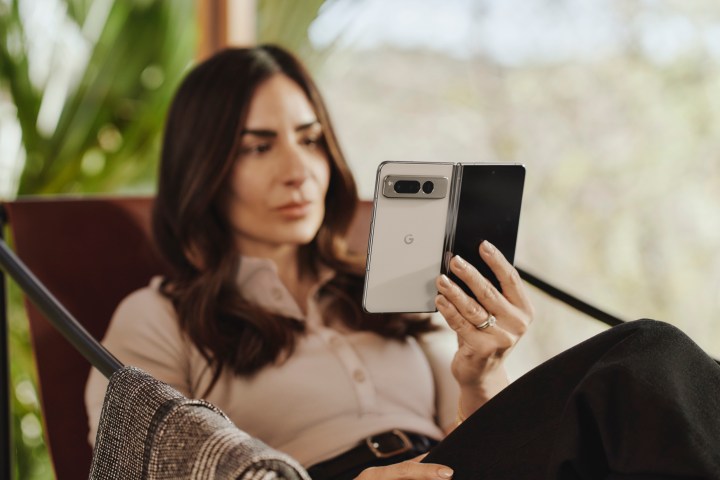
The size of the Google Pixel Fold is one of my favorite things about it. With the outer cover screen measuring 5.8 inches and the inner display (when unfolded) being 7.6 inches, I think the overall size of the Pixel Fold is perfect for me.
I mentioned previously that I miss the 5.8-inch size of the iPhone X and iPhone XS, which Apple ditched for the slightly larger 6.1-inch standard it’s been using for several years. I miss that particular size because it was the most comfortable for me to use one-handed. I did still have to reach for corners, but it was never as bad or uncomfortable as it is now with my iPhone 14 Pro. I have smaller hands, so these larger phones have just been impossible for me to use comfortably one-handed.
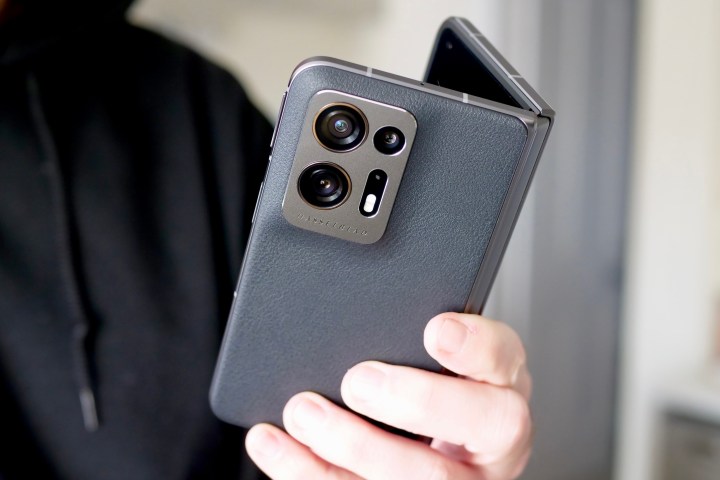
With the Pixel Fold, it looks like it’s going to be more like the Oppo Find N2 (5.54-inch cover screen) in terms of size and form factor instead of the Samsung Galaxy Z Fold 4 (6.2-inch cover screen). When closed, the Oppo Find N2 looks to be a bit wider and shorter instead of the tall and narrow shape you find on the Galaxy Z Fold 4.
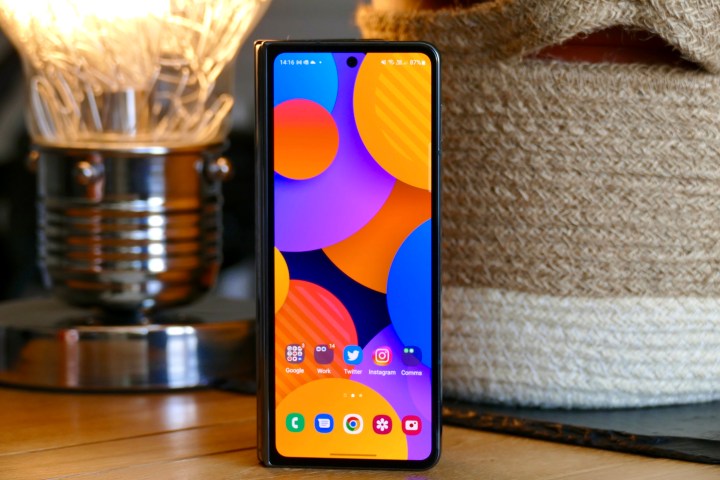
Again, as a person with smaller hands, the wider and shorter form sounds a bit more manageable to use when closed because I would never be able to reach for those upper corners single-handedly if it was a tall and narrow device.
Of course, I won’t be able to confirm that I’ll actually prefer the Google Pixel Fold size until I try one out myself. But from the specs, that 5.8-inch outer display sounds like the Goldilocks size to me. And that’s no small feat.
No gaps, please
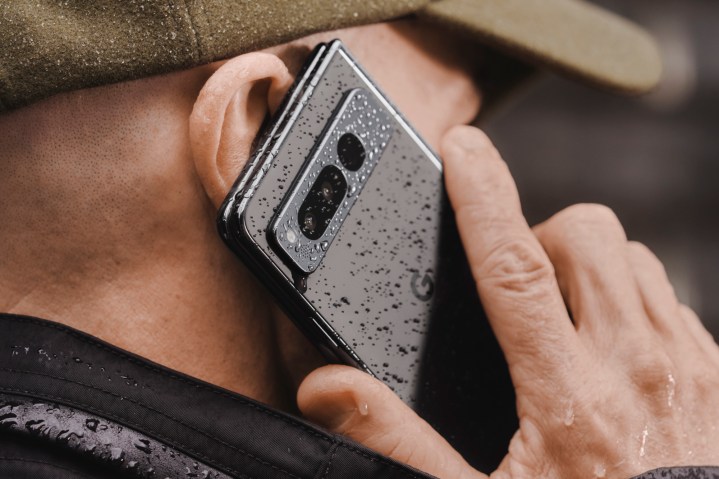
One of the problems with Samsung’s Galaxy Z Fold 4 is that there is a V-shaped gap that starts from the hinge when it’s closed. This wedge of space makes it possible for lint, dust, and other small bits of debris to get in between the two halves of the device when it’s closed, which could lead to scratches and scuffs on the screen if you’re not careful.
From what Google has shown off for the Pixel Fold so far, it appears that it may have a gapless design when it’s closed. I personally find this look much more aesthetically pleasing, and it greatly reduces the probability of liquid and dust from getting inside.
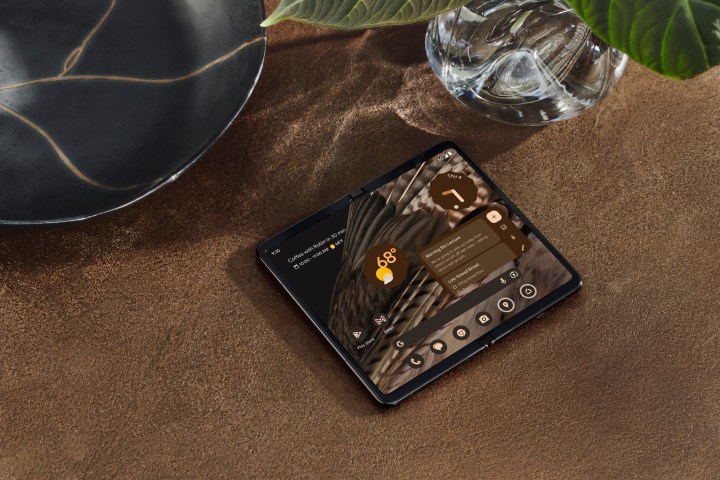
From the images that we have for the Pixel Fold so far, it looks like the crease on the inner display may be practically invisible, or at least very hard to see or notice.
Of course, this is something that we won’t be able to confirm until we can see it in person, but if the crease is not going to be super visible, that would just be another reason why I’m eager for the Google Pixel Fold.
A promising outlook for optimized apps

One of the problems with Android as a whole, at least that I’ve noticed so far, is that there’s a lot of fragmentation on the software front. I think that’s why I actually like the Pixel lineup as it’s like the “pure” version of Android that was meant to be used without every manufacturer brand implementing their own custom skin layered on top.
Google promises that while the Pixel Fold will be “phone first,” it will still have a lot of app optimization for the larger inner display. In fact, Google has over 50 of its own apps optimized for the larger display on the Pixel Fold, which includes apps like Gmail, YouTube, Google Calendar, and more.
Google also claims that it’s worked with many third-party developers for optimization, so I hope to see a better experience with various apps once I get a Pixel Fold. The reason this excites me is that while I was reviewing the OnePlus Pad, several big apps like Facebook just didn’t work in horizontal landscape mode. I hope to see more apps be more than just glorified and blown-up phone versions that actually make use of the larger Pixel Fold display.
The convenience of a compact phone and tablet in one
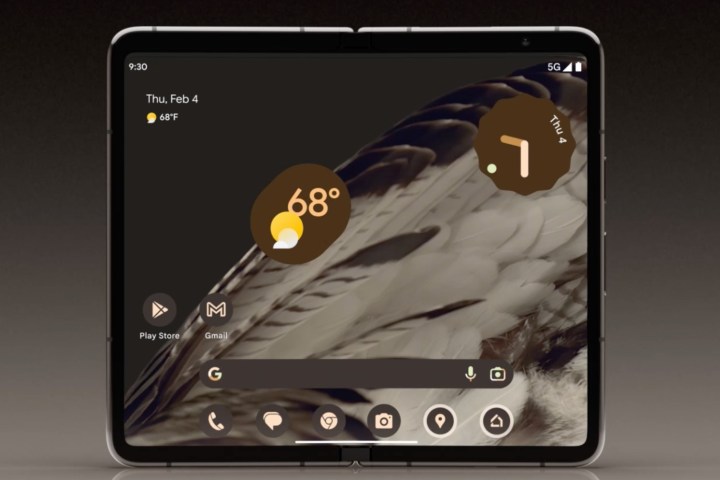
I know I went over the size already, but just having the convenience of a compact phone that folds out into a mini tablet is something that I’m very excited about. I used to be a skeptic about foldables like this, but I’ve slowly been coming around to the idea of it, and I think the Google Pixel Fold is the first one that really caught my interest.
There are definitely times when I’m out and about when I don’t have a tablet or laptop with me, and I only have my phone, but I need a display that is a bit larger. I often just wait until I get home and am able to hop on a computer or grab my iPad, but sometimes the matters can be more urgent. The convenience of having a 5.8-inch phone that can expand into a 7.6-inch tablet is really appealing now, and I’m a fan of the current Pixel aesthetic with the camera bar, as it’s easy to distinguish in a market of options that look way too similar to each other.
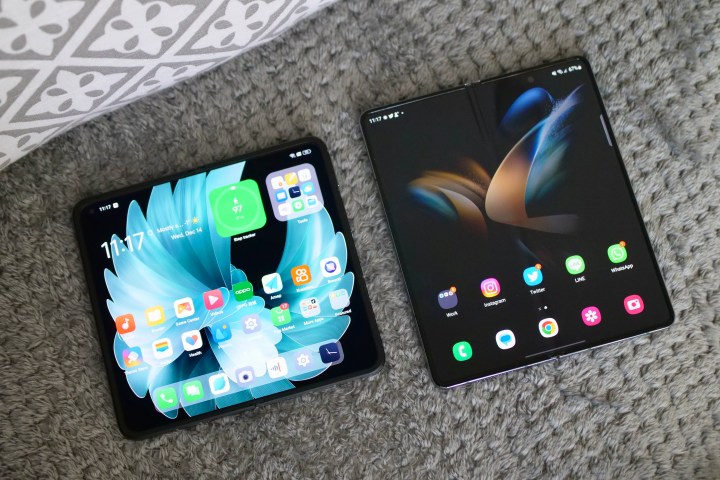
I’m disappointed in the price tag, though, because a big draw of the Pixel series is that Google undercuts the flagship competition by a decent amount. However, the Pixel Fold will start at $1,799, which is exactly the same price as Samsung’s Galaxy Z Fold 4. Google is entering a well-established market dominated by Samsung, so I’m curious to see if the Pixel Fold will do well.
But for myself, at least, I still prefer something like the Pixel Fold over the Galaxy Z Fold 4. It’s entirely possible the Z Fold 5 will come out later this year and catch my eye, but right now, the Pixel Fold is the folding phone I want. And for Google’s first foldable attempt, that’s mighty impressive.
Editors' Recommendations
- The 10 most important things to know about the Google Pixel 8a
- Google just launched a new Pixel Tablet … kind of
- 5 smartwatches you should buy instead of the Google Pixel Watch 2
- Why you need to be excited about the Google Pixel 8a
- Something strange might happen to the Google Pixel Fold 2
